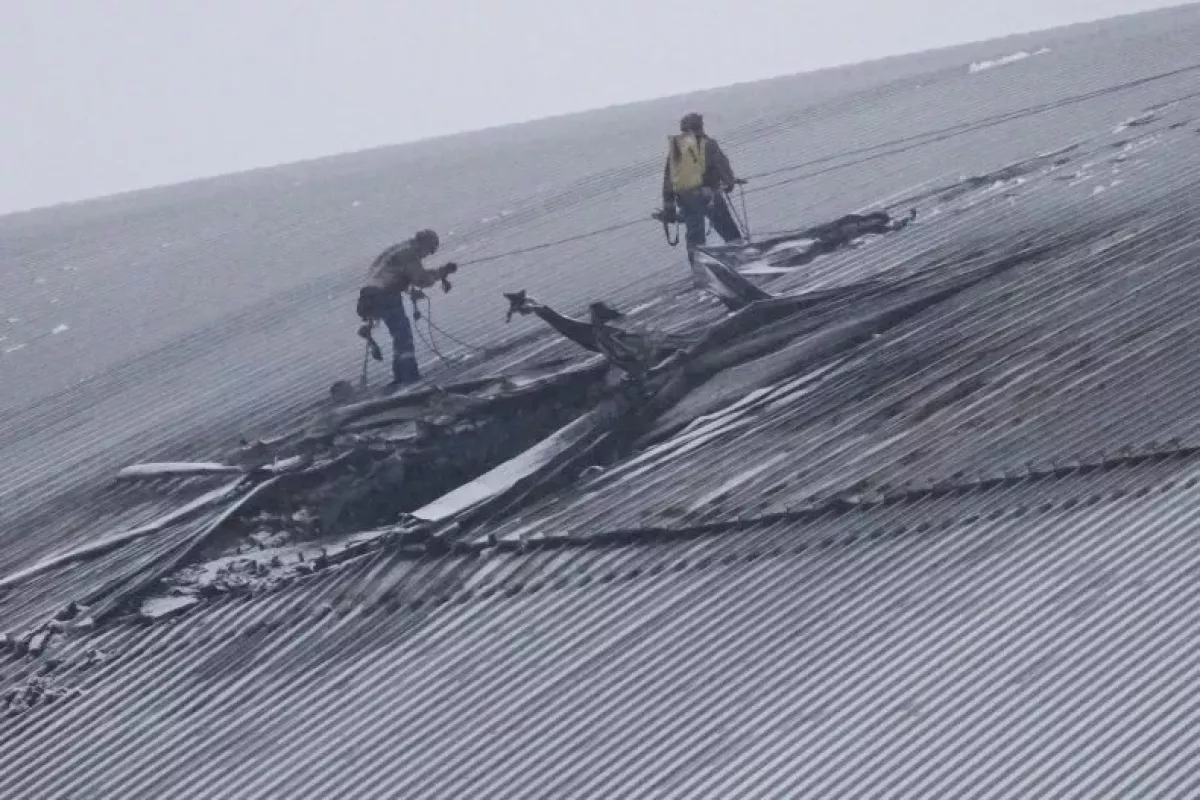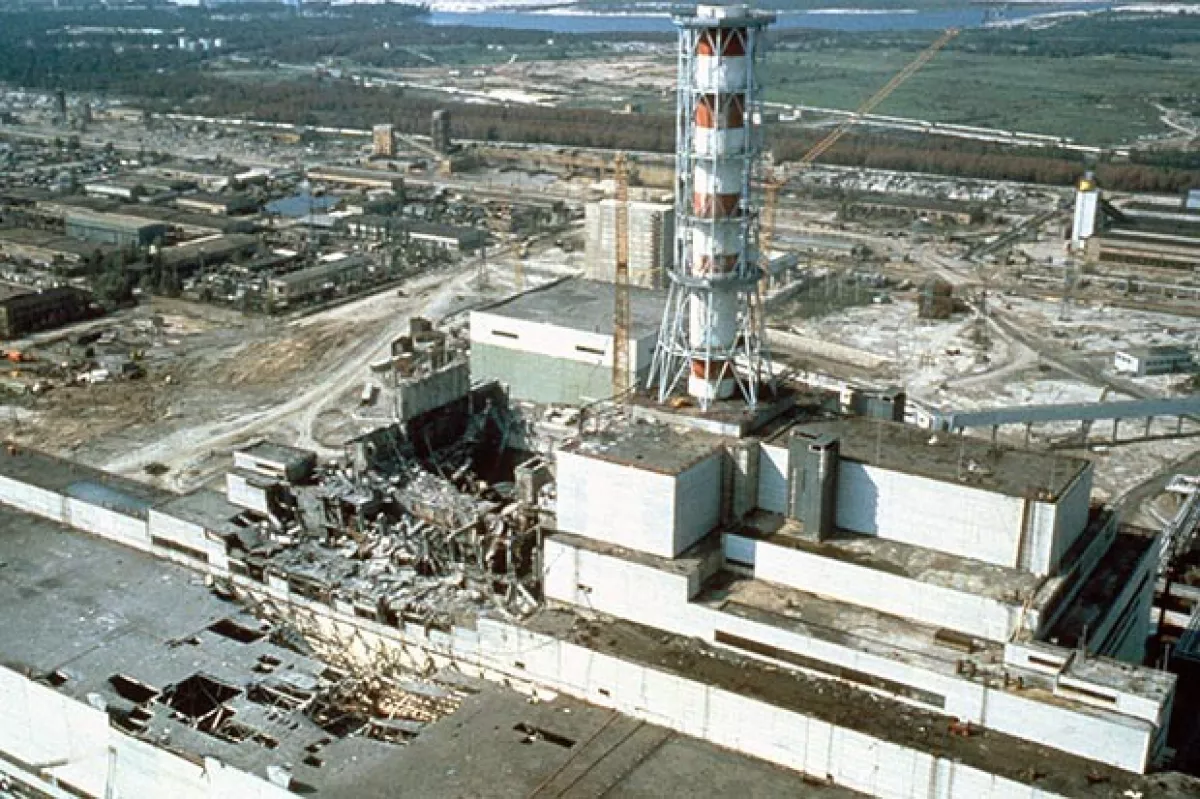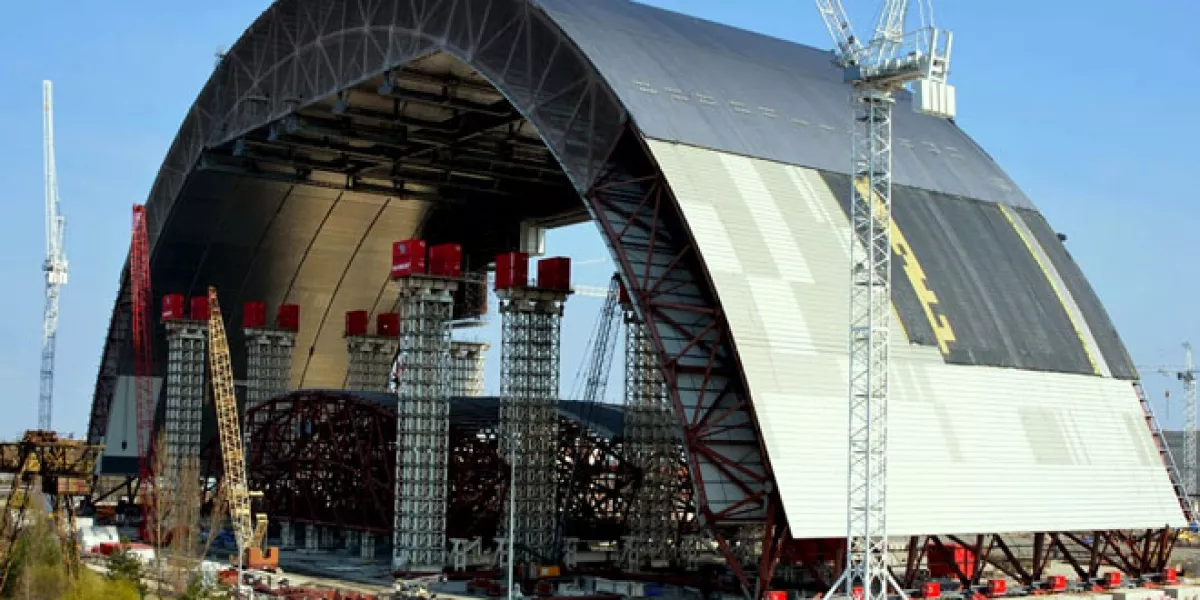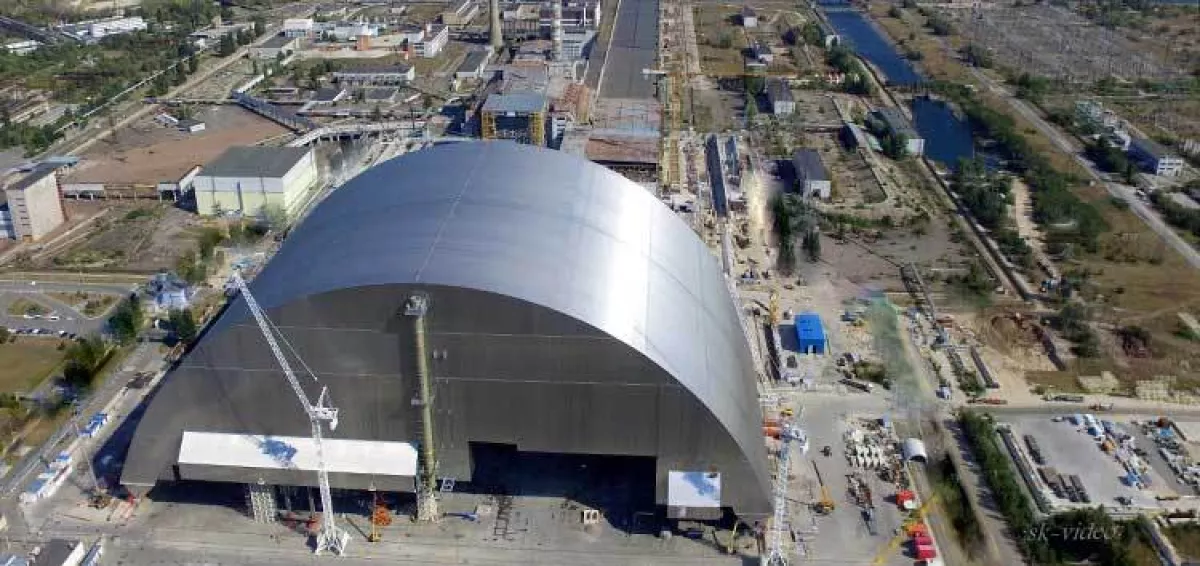Chernobyl's protective dome: Feat of engineering marvel
The ongoing conflict in Ukraine has led to news cycles having become sadly accustomed to reports over new Russian attacks. The recent drone strike on the protective shield over the Chernobyl nuclear reactor is an exception, as it has caught global attention and awoken dark memories.

The Chernobyl disaster in 1986 caused widespread contamination across Ukraine, Belarus, and Russia, with radioactive plumes even reaching parts of Europe. The New Safe Confinement (NSC), a massive arch-shaped structure, was built to secure the reactor and prevent the release of radioactive contaminants. Offering protection against external factors, including attacks as seen recently, the New Safe Confinement is the largest moveable land-based structure ever built. The creation of the NSC was a challenging yet greatly innovative engineering feat, developed after the catastrophic accident at Chernobyl’s Unit 4.
The fallout from the nuclear disaster raised global awareness of nuclear safety issues. In response, the G7 launched an Action Plan at the 1992 Munich summit, focusing on safety upgrades in Eastern Europe and former Soviet countries, including Ukraine. This led to the creation of multilateral safety funding, including the Nuclear Safety Account (NSA), managed by the European Bank for Reconstruction and Development (EBRD). As described on the institution's website, Ukraine agreed to close Chernobyl in 1995 as part of this initiative, with financial backing to convert the site into a safer condition.
A Shelter Implementation Plan (SIP) was developed in 1997 to address the site’s future safety, guiding the conversion of the existing shelter into a more stable, environmentally safe system. The SIP’s implementation began in 1998, with immediate repairs made to prevent the collapse of critical infrastructure. The site, which was already a hazardous zone, required years of preparation, building facilities, and establishing safety protocols before it could accommodate major construction activities. The site’s risks, including radioactive water leaks and potential criticality, were tackled in the early stages of the project.

The impact of the Chernobyl accident was profound, with over 30 immediate deaths and many long-term casualties resulting from radioactive fallout, estimated to be in the thousands. The human toll and environmental consequences have been widely studied and debated over the years.
Today, approaching the Chernobyl site, visitors are greeted by the impressive structure of the NSC. Standing at over 100 meters tall and covering an area of 257 meters, the NSC is the largest movable structure ever built. The new structure is an extraordinary landmark in the region and is tall enough to house notable architectural structures such as the London’s St Paul’s Cathedral or Paris’ Notre Dame. It was constructed in two halves to minimise the risk of workers’ exposure to radiation, lifted into position near the site, and then assembled and slid over the old shelter in 2016 to provide a safer environment for future dismantling and waste management.

The NSC, a unique and extraordinary project, weighs 36,000 tonnes and has a lifespan of at least 100 years. Its frame consists of tubular steel members supported by concrete beams, and it is equipped with a sophisticated ventilation system to prevent corrosion. The design ensures that the structure can withstand extreme weather conditions, such as tornadoes, without the need for major replacements that would expose workers to radiation. This engineering marvel was developed by the Novarka consortium, led by the French construction firms Bouygues and Vinci, and involved global collaboration. Subcontractors from Italy, the US, Türkiye, and the Netherlands contributed to the project, which cost an estimated €1.5 billion for the NSC and €2.1 billion for the entire SIP.
Since its inception, the NSC has represented a significant international effort to address the ongoing risks at Chernobyl. More than 40 governments, along with the EBRD, contributed funding for the project, underscoring the global commitment to improving nuclear safety and containing the legacy of the Chernobyl disaster.

By Nazrin Sadigova








